
Wir reisen, also sind wir
vakantio.de/wirreisenalsosindwir
Mexico: Merida
Gipatik: 19.01.2018
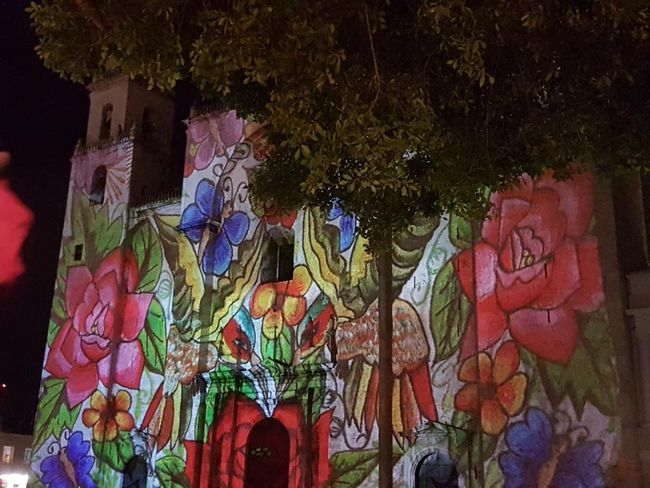
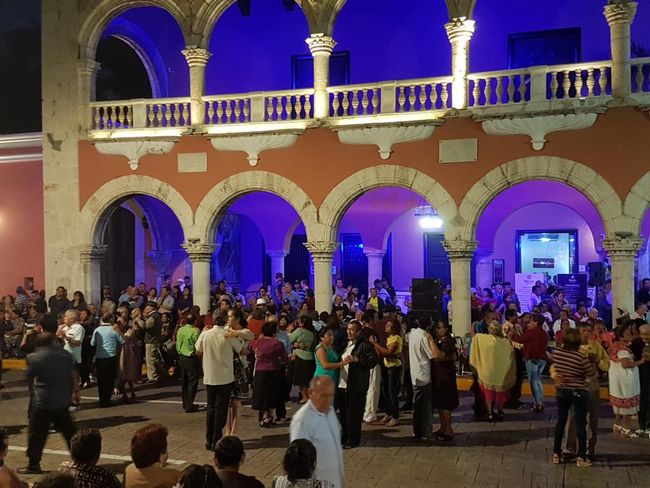
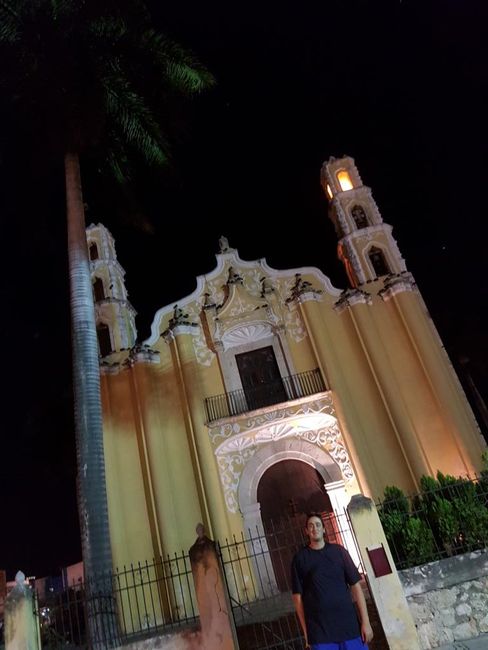
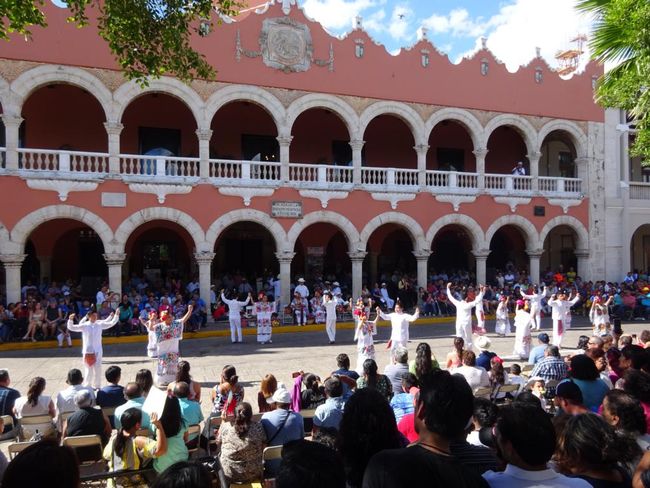
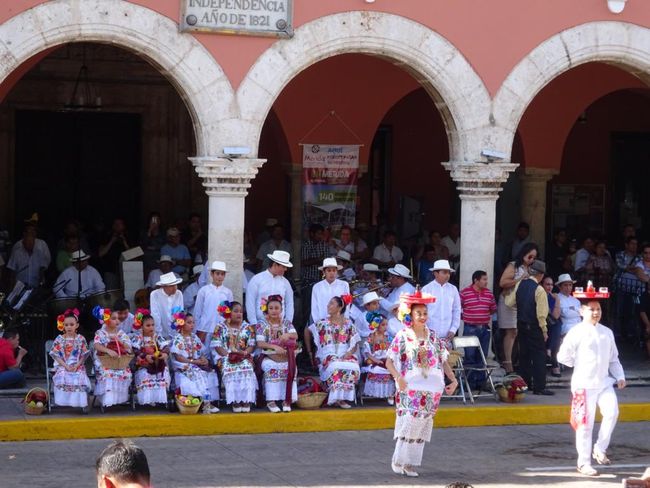
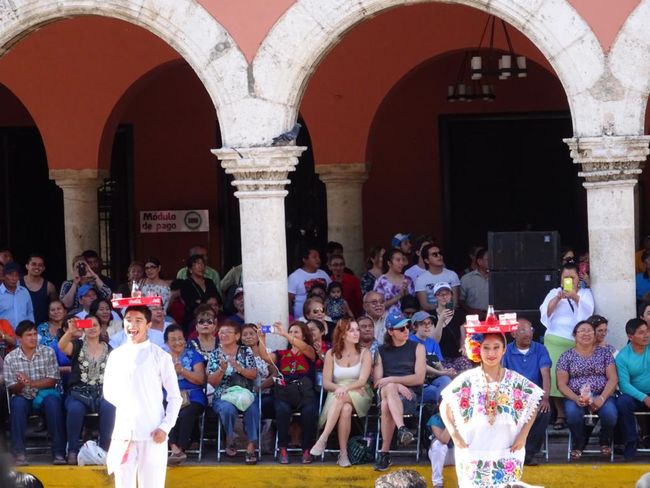
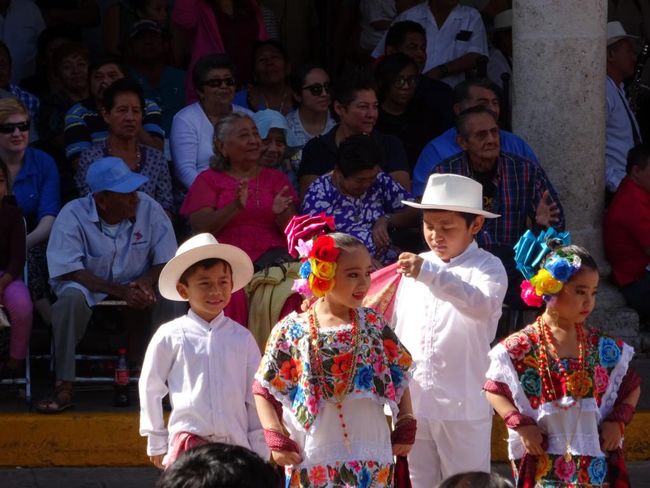
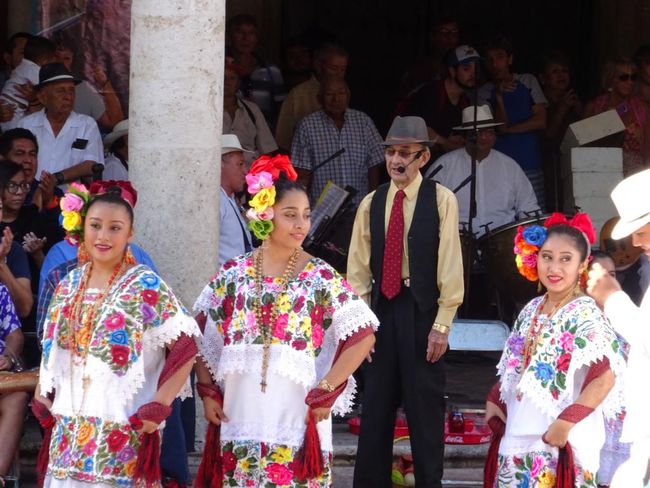
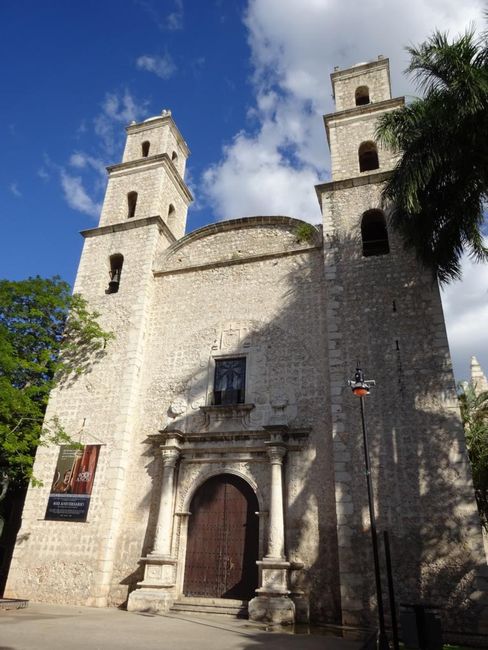
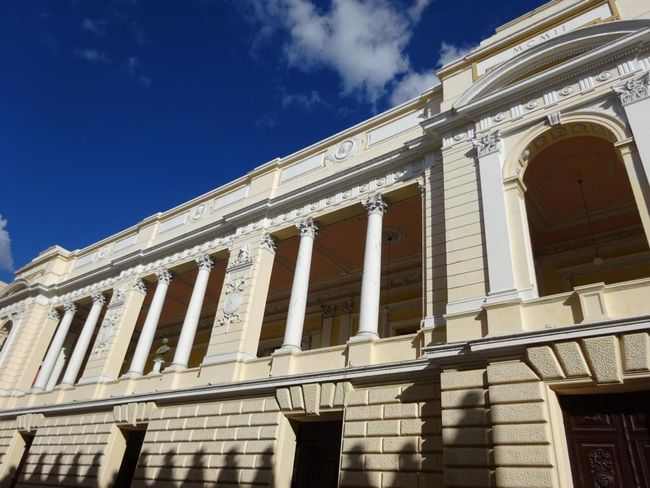
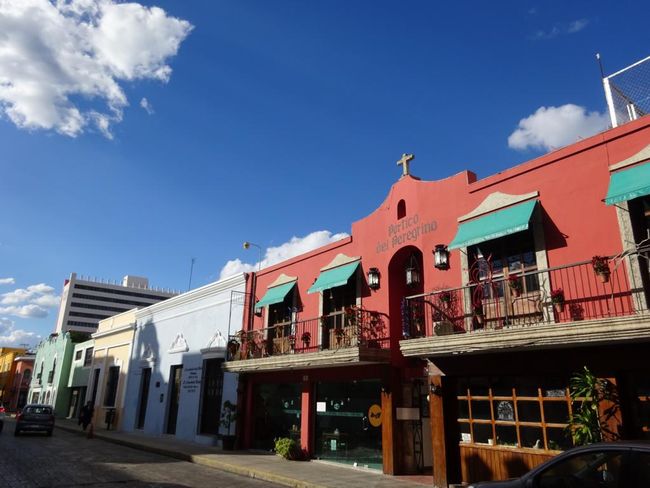
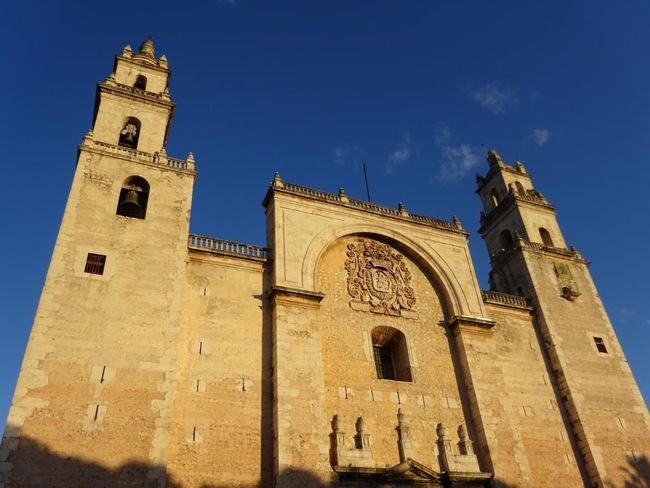
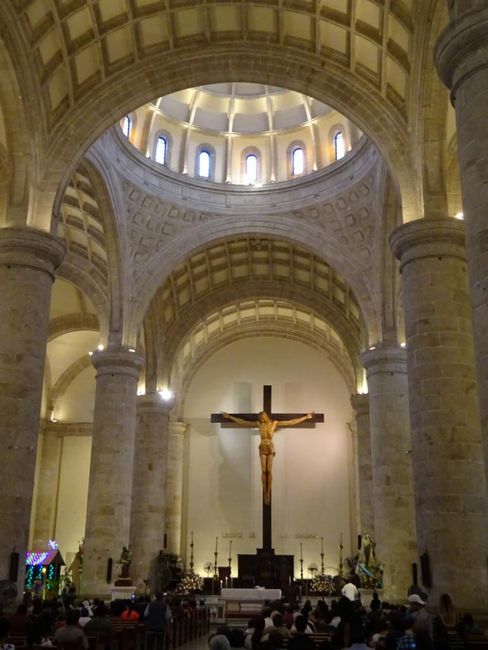
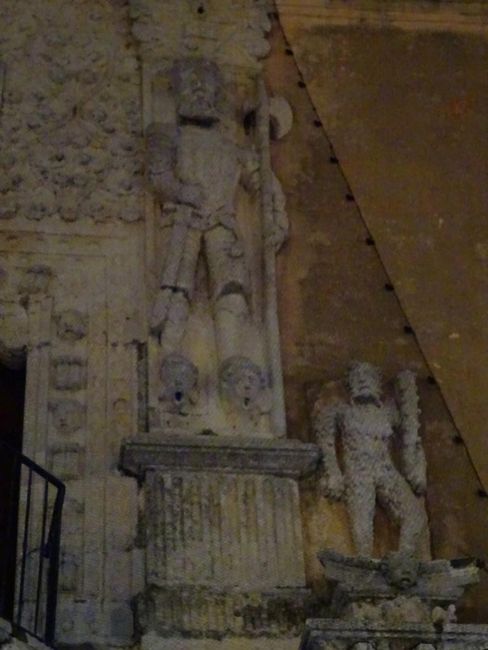
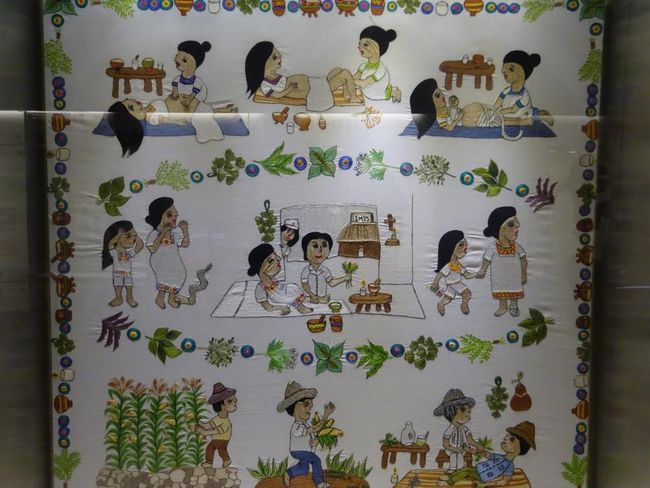
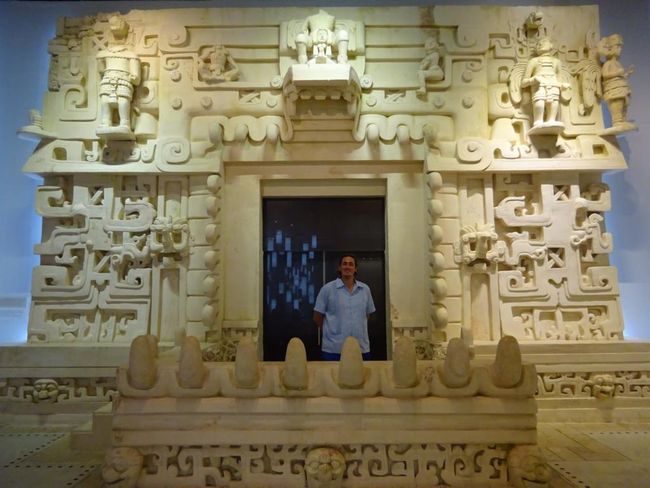
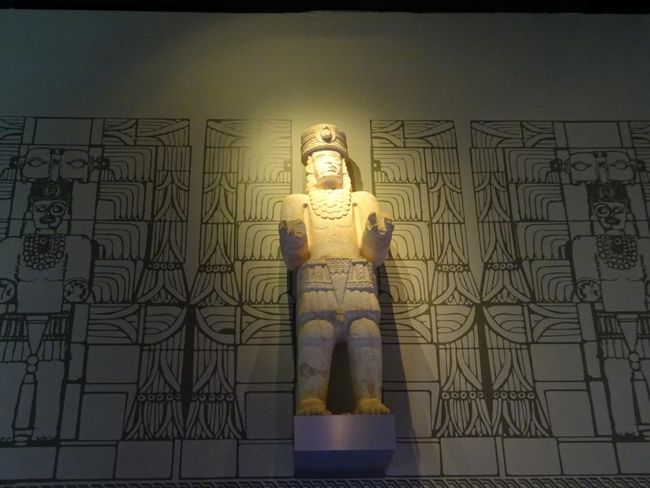
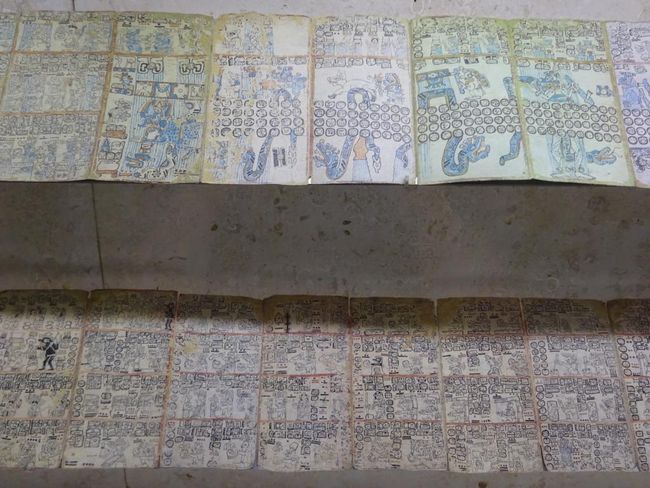
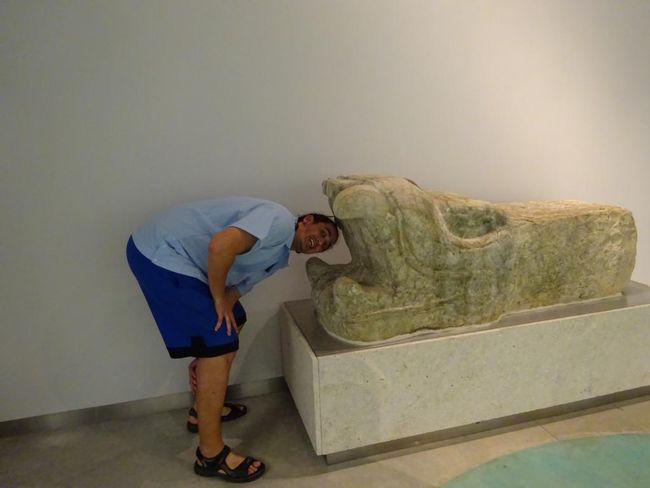
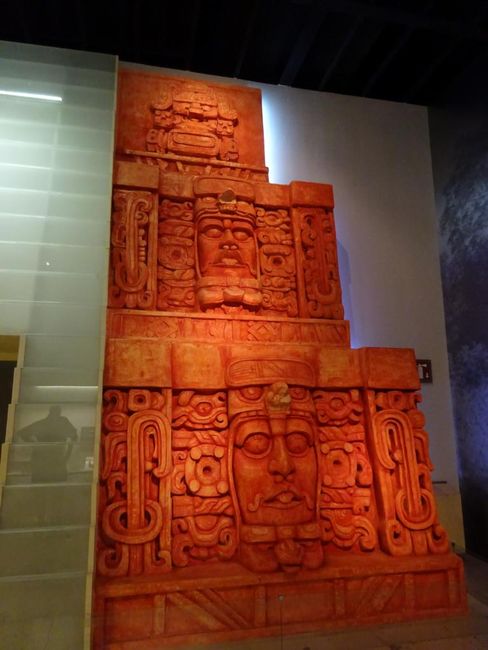
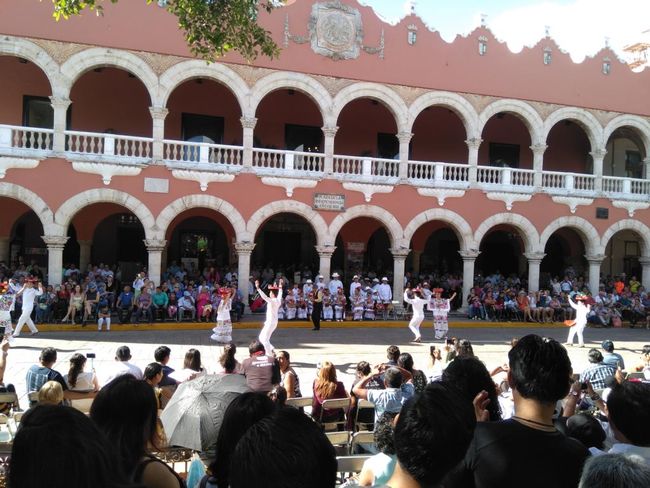
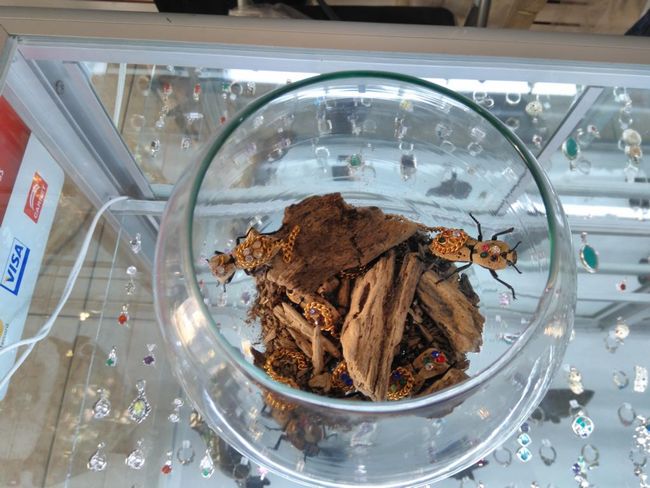
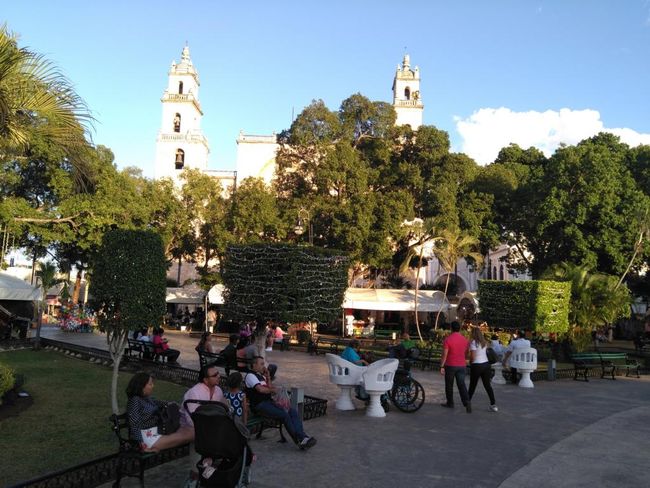
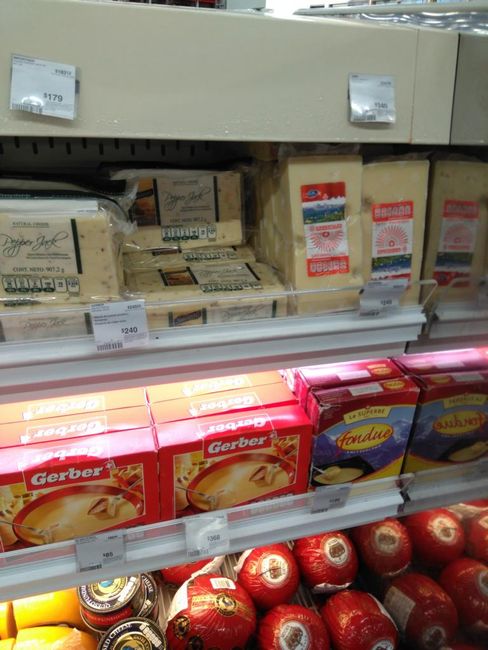
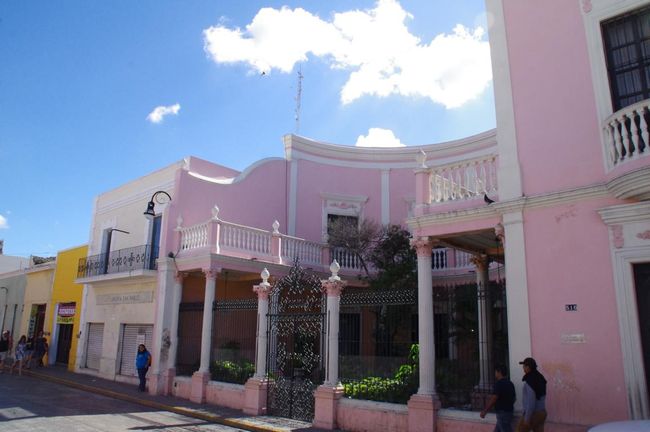
Mag-subscribe sa Newsletter
After arriving at our accommodation in Merida, the receptionist of our hotel sent us to the city center because the all-Saturday light and sound show would start at 8 o'clock, and it was already shortly before 8 (the Mexicans somehow love light and sound shows, there are such shows everywhere and at any occasion). When we arrived at Plaza Grande, there was a huge crowd gathered, waiting for something, but there was no sign of light and sound, and it was already shortly after 8. So we wandered around the square for a bit. Suddenly, something happened, and indeed, the show started. The light and sound show was projected onto the facade of the Catedral de San Ildefonso. Well, honestly, it wasn't worth it. If you miss this spectacle, you haven't missed anything. The tourists eagerly stayed until the end, while the Mexicans ran away during the show.
The next day, we went back to Plaza Grande, as there are usually festivals and performances on Sundays. There was indeed a market where crafts and traditional clothing of the indigenous population were offered. There were also traditional dance performances. In some dances, the dancers balance full glasses or even whole trays with full bottles and glasses on their heads, which was really impressive. The ladies had it a bit easier as they wore large flowers in their hair, which provided a bit more surface area for the tray.
We actually spent the whole day at the plaza and around it, strolling around and shopping in the stores, and bought a traditional Guayabera shirt for Jörg. In one of these stores, we came across another cultural peculiar of the region: the Maquech beetles. A Maquech is a beetle decorated by hand, which is sold as a living brooch on the Yucatan Peninsula in Mexico and traditionally worn on clothing. This custom goes back to a legend of the native inhabitants of Yucatan, the Maya. Polished glass beads or other materials and a short chain are attached to the beetle's body with an adhesive stick. The Maquech is made visible on the outerwear with a safety pin at the other end of the chain. To keep it alive, it is temporarily kept in a kind of terrarium, a glass filled with pieces of wood, when it is not crawling around on the shirt.
**************************************************************************
The Maya Legend 'The Princess and the Beetle' (excerpt from Wikipedia)
The legend La princesa y el escarabajo provides the reason why the Maquech is considered a love charm and a symbol of longevity among the descendants of the Maya:
The favorite daughter of the Maya ruler Ahnú Dtundtunxcaán, Cuzán, was supposed to marry Prince Ek Chapat according to her father's wish. However, she fell in love with his companion, a simple young man named Chalpol, who returned her feelings. They met secretly under the ceiba, the sacred tree where the gods hear the prayers of mortals. When the king learned that Chalpol was his daughter's lover, he ordered Chalpol to be sacrificed. Cuzán begged her father for mercy and promised to never see him again and instead become the wife of Prince Ek Chapat.
When the princess was alone in her chamber at night, a shaman came and gave her a beetle. He said that this creature was Chalpol, her lover, who had been given life. However, the ruler had demanded that Chalpol be transformed into an insect as a punishment for presuming to love the princess. Cuzán took the beetle in her hands and spoke to it: 'I swore never to leave you and I will keep my promise.'
She had the beetle covered with gemstones by the best jeweler in the kingdom and held it on her chest with a golden chain attached to one of its legs and said: 'Maquech, you are a man, listen to the beating of my heart, in which you will live eternally. I have sworn to the gods, never to forget.' She added: 'The gods have never known such love, so intense and so alive, which consumes my soul.'
And so the princess is connected in love with her beloved Chalpol as a Maquech, beyond the laws of time.
***********************************************************************
We also visited the Catedral de San Ildefonso, where a church service was taking place. We attended for a few minutes, but first of all, we didn't understand anything (all church Spanish, very poor acoustics) and secondly, we are not the most religious people. Since I am not Catholic (and by the way, also a lousy Protestant), it has always been a mystery to me how people always know exactly when to join in or repeat what the priest is saying, and the constant standing up and sitting down the whole time is too exhausting for me. However, it is always interesting to see how crowded the Latin American churches are during the mass. In our country, churches are empty nowadays or are even rented out as event halls because hardly anyone goes to church regularly anymore, and the priests also don't feel like preaching to an empty house. There are also more masses than what we have experienced so far, actually daily and several times a day on Sundays. It is interesting to see how much more religious these people are nowadays after this religion was imposed on them...
However, we mainly went to the church to admire the famous Cristo de la Unidad behind the altar, a symbol of reconciliation between the Spanish and indigenous people. It was... well... a Christ on the cross... as you know him... pretty Spanish... no trace of indigenous... we wondered what exactly makes it so symbolic, apart from the corresponding inscription.
In the evening, the Plaza became more crowded again because it was the weekend celebration of the anniversary of the founding of the city of Merida (since 1542). There was music, dance, and other performances, and there were some food stalls...... but there was no alcohol..... we noticed at some point. The Plaza was packed with people, but no one was drinking alcohol. There were no corresponding stalls, nothing. That was interesting. Not that we necessarily wanted to drink, we could have done that in one of the surrounding restaurants, but it surprised us because it was still a celebration (where there would have been more beer stalls in our country) and Mexico is actually known for tequila and Corona.
The next day, for a change, we went to a hospital again. A few days ago, Jörg and I were fooling around and I accidentally hit his knee into my chest. Although I had pretty strong pain (and still do), I was not very worried that it might be something serious. Besides, there isn't much you can do, even if a rib were broken. However, my SUVA insurance expires at the end of January, so we thought it would be better to report the accident and clarify it, so that later there wouldn't be any discussions about which insurance is responsible in case of any subsequent problems. So we went to the Clinica de Merida and registered in the emergency department. While waiting for an appointment, a nurse in the waiting room already measured our blood pressure and temperature (much more efficient than with us). A few minutes later, we were already sitting in front of the doctor, who said she would like to have it x-rayed. So we went to the radiology department, where we first received a bill that we should pay at the cash register first and then come back with the receipt. Said and done, paid, x-rayed, and then we were sitting in front of the doctor again. No fracture, just bruised, it hurts, it will hurt for a long time, it will go away... here is a prescription for medication, the pharmacy is right outside, and have a nice day. The whole thing took a total of just under 1.5 hours and cost about 87 CHF (including doctor's appointment, x-ray, medication). And someone is supposed to say that medical care in these countries is bad. Of course, it has to be said that this was a private hospital and about 90 CHF is probably a bit more for the Mexicans than for us. But SUVA definitely saved money, for the 90 CHF, my family doctor would probably just hold the door open for me...
Having done our business, we then headed to the Gran Museo del Mundo Maya. This is considered the best museum in Merida and honors the Maya culture with a large permanent exhibition. I have to admit that until this point when we arrived in Merida, I had not given any thought to the present-day Maya people. Somehow, they were considered extinct to me, an old ancient culture that left some ruins behind. End of story. But that's not how it is. In Mexico, different indigenous tribes live, and among them are the Mayas. We have already encountered them in the streets, at the markets, they were the ones dancing with the glasses on their heads, hanging strange beetles on their shirts. This is how they also established a new unit of measurement for Jörg's height: on the street, this peculiarity is always a conversation starter, which often leads to interesting conversations. And we were approached several times on the street in Merida as well. And during one of these conversations, a friendly gentleman determined that Jörg measures one and a half Mayas.
We will come back to the topic of indigenous people and the associated social hotspots later.
The Museo del Mundo Maya, in any case, is really a good thing. The first part is a bit strange, it's about the extinction of the dinosaurs and meteorites and various space rocks. At first, I thought that there would eventually be a transition to the Maya theme since they were very connected to space and stars (Maya calendar, etc.), but I was mistaken. That was a separate exhibition and the connection was not quite clear.
Be that as it may, the subsequent exhibition about the Mayas was very interesting. The history of the Mayas is told in reverse, starting with the present-day Mayas and ending with the time of the creation of all these well-known ruins. The museum shows various exhibits that illustrate the current life of the Mayas and also many exhibits that were brought here from the ruins, partly also replicas.
One of the most important facts for me from the exhibition, especially in terms of our further encounters with this culture, is the fact of how much and how successfully they resisted the Spaniards. Although they were obviously inferior in military terms, it was still a tough nut to crack for the Spaniards, and they still resist ideologically and culturally to this day. We will come back to this later as well.
That was our time in Merida. We will continue in Palenque.
Mag-subscribe sa Newsletter
Tubag
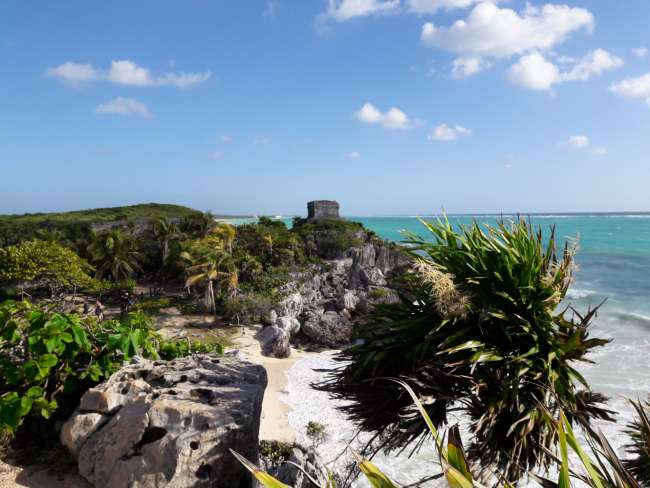
Mga taho sa pagbiyahe Mexico
